9 Interesting Facts That Happen During World War I
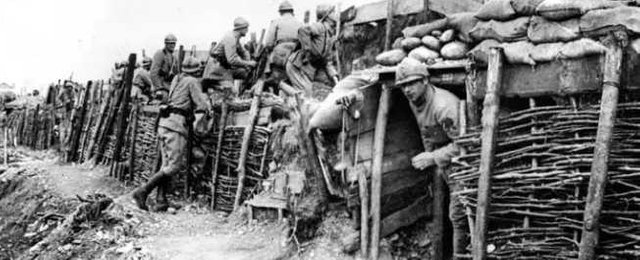
The First World War occurred between 1914-1918. The war not only took place on the Western Front, France and Belgium but also across Europe, Asia, Africa and beyond. For example in the early months of war, the British fought against Japan to seize the German colony in Tsing Tao, China.
This war cost a great deal of lives and property. However, there are also interesting things that happen in battle, among others.
1. An explosion on the French battlefield sounded up to England
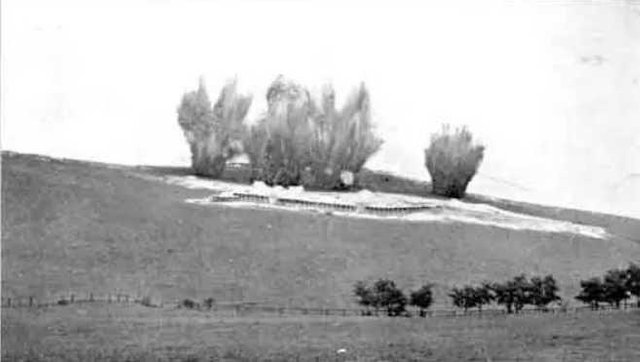
While the war raged in mud and trenches, different wars took place under the feet of the soldiers. A group of miners, operating in total secrecy, digging tunnels up to 100 feet underground to plant and blow up a mine under an enemy trench.
Their biggest success was in Messines Ridge, Belgium, where more than 900,000 lbs of explosives were simultaneously detonated in 19 underground tunnels. Most of the German front line was destroyed and the explosion was heard up to 140 miles to the ears of British Prime Minister Downing Street.
2. Reporters face execution
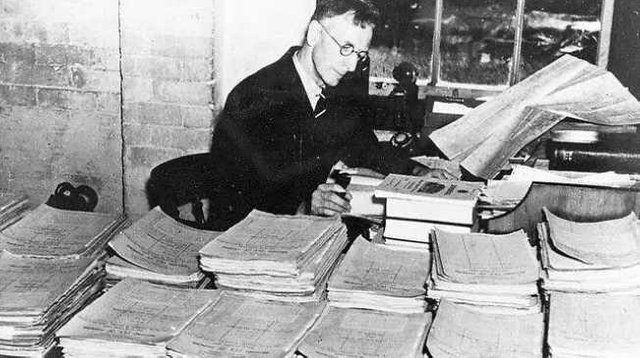
A number of journalists risked their lives to report the reality of the war. The government is trying to control the flow of information from the front line at the beginning of the war, journalists are prohibited. Coverage of conflict according to the Ministry of War is to help the enemy. If caught, they face the death penalty.
3. 12 million letters are sent to the battlefield every week
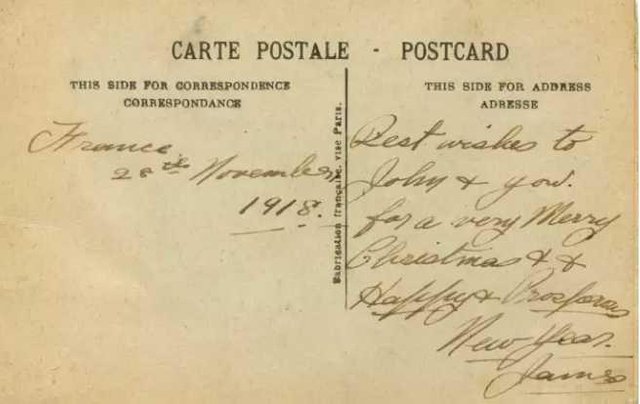
Surprisingly, just two days of mail from England to get to the front of France. The journey begins from a special sorting place at Regent's Park before being sent to the ditch. Up to the end of the war, 2 million letters and 114 million packages have been delivered.
4. Work during the war makes some women's skin turn yellow
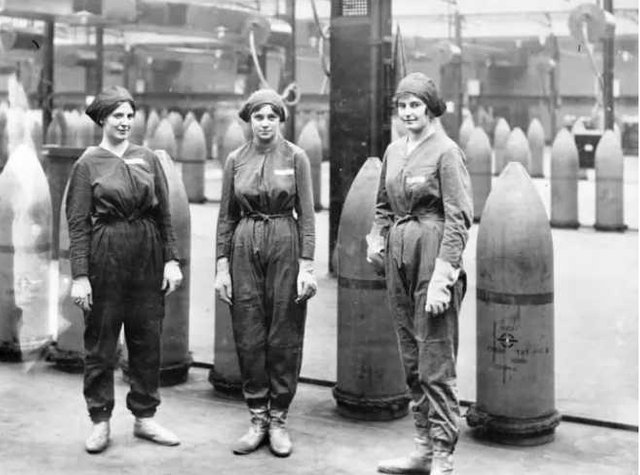
When a generation of men go to war, over a million women replace them in the workforce. They work long hours, often in bad conditions with chemicals. The so-called "canaries", are women who work with TNT, who continue to give them poison and make their skin yellow.
5. World War I triggered plastic surgery
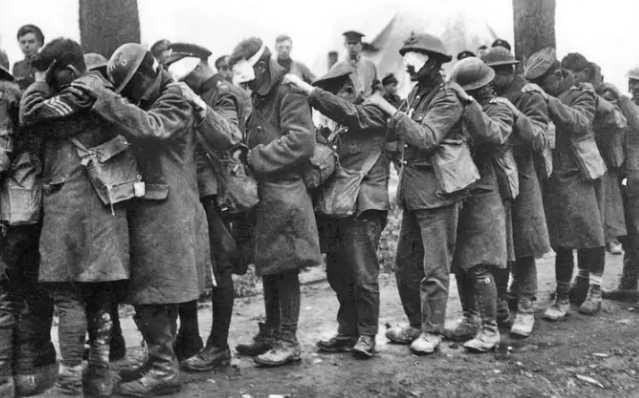
The shrapnel of a cannon is the cause of many facial wounds in World War I. Unlike the straight line left by bullet wounds, the metal fragments resulting from the explosion of the cannon can easily peel the face. Frightened by the injuries he saw, surgeon Harold Gillies, was on duty to help the victim and pioneered early facial reconstruction techniques in the process.
6. Wilfred Owen was not known at the end of the war
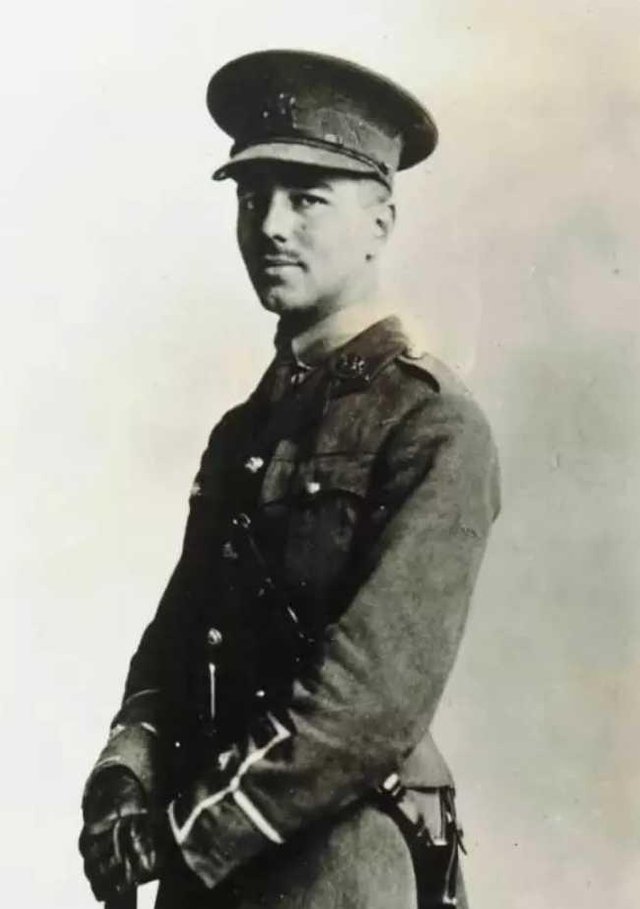
Wilfred Owen was one of the best poets of the World War I, but when he fell on the front line just a week before the war ended, he was relatively unknown. At that time, the outlook of war as pity and dread was a minority.
It was not until the 1960s that the literary elite decided this was the most authentic view of the war because it was overwhelmed by the anti-war feeling itself. This resulted in two major anthology of war poetry poetry featuring many of Owen's works.
7. The youngest English soldier aged 12 years
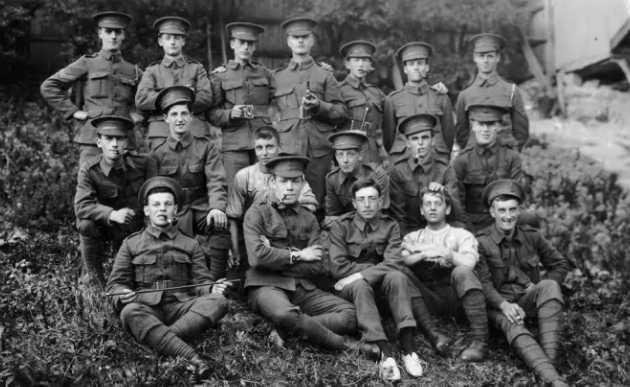
Sidney Lewis was 12 years old when she lied about her true age and joined the army during World War I. She was one of the thousands of underage boys who were eager to register and eventually fought together their mature colleagues at the front . Some are motivated by patriotism, but for others it is an escape from a gloomy life.
8. World War I almost led to financial collapse in Britain
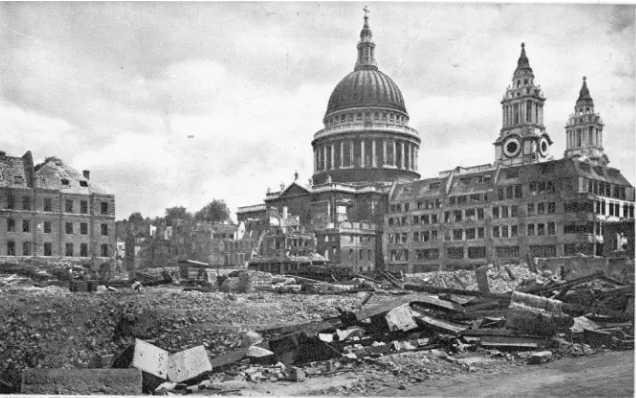
At the turn of the 20th century Britain was an economic superpower, but the world's first global war would cost more than it had been before. For example, the cost of a bullet fired in a 24-hour period in September 1918 is worth almost 4 million pounds.
9. Blood Bank developed during WW I
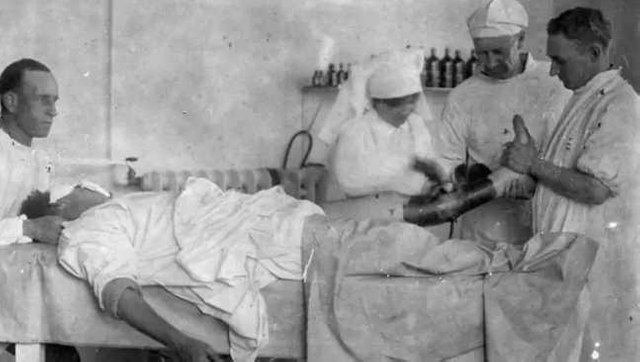
The British Army started the use of routine blood transfusions in the care of wounded soldiers. Blood is transferred directly from one person to another. A US Army physician, Captain Oswald Robertson founded the first blood bank on the Western Front in 1917, using sodium citrate to prevent the blood from freezing and becoming unusable.
Blood is stored within for 28 days and then transported to the victim's rescue station for use in the surgical operations that most need it.
This post received a 1.701 SBD (47.42%) upvote from @upvotewhale thanks to @milfa! For more information, check out my profile!
You're so nice for commenting on this post. For that, I gave you a vote!
Much appreciated. thank you!
@milfa You have gathered amazing piece of knowledge... Its always good finding mamazing things that happened in or history... You did a pretty gard work... Thumbs up to you...👍
This post has received a 0.26 % upvote from @booster thanks to: @milfa.